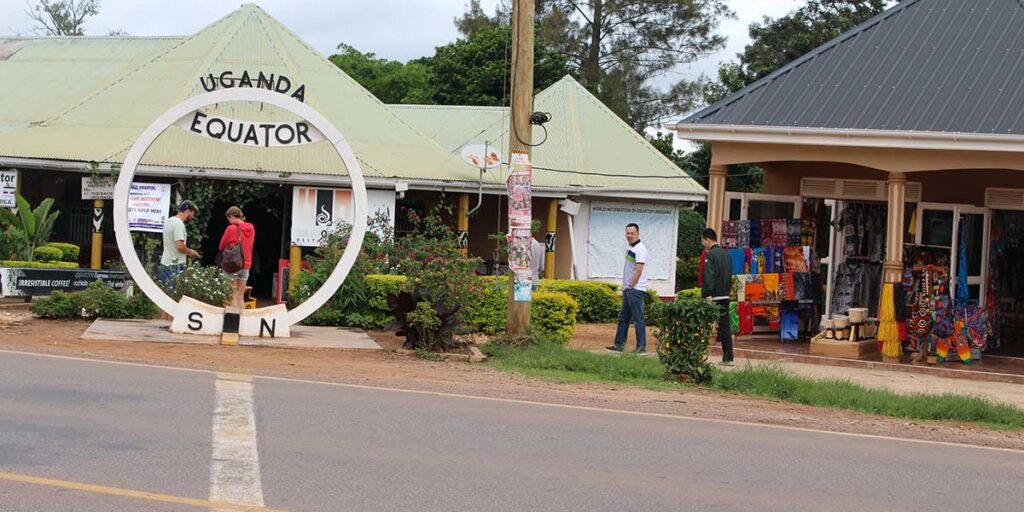The Equator
The equator is an imaginary line that bisects the Earth into two equal hemispheres. Uganda, known as the Pearl of Africa, is one of the nations intersected by the equator. This imaginary line traverses 14 countries and their territorial waters, with 7 of these countries located in Africa. The fictitious line traverses the nation along the Kampala-Masaka road, approximately 73 kilometers from the capital city.
The line extends over 40,000 kilometers, with 78.7% traversing ocean and 21.3% traversing land. The latitude of the equator is 0°, as both the magnetic fields of the southern and northern hemispheres exert equal force at this point. The equator is the sole line of latitude that constitutes a vast circle.

The fortunate countries intersected by the imaginary line in Africa are Gabon, the Democratic Republic of Congo, Kenya, Uganda, Somalia, and São Tomé and Príncipe. An additional equator marker is situated in the Kasese area of Uganda, near Queen Elizabeth National Park.
This is a fictitious line that traverses the Earth’s surface from east to west, delineating the northern and southern hemispheres. At the equator, when water is poured into a funnel, it flows clockwise in the northern hemisphere and counterclockwise in the southern hemisphere; however, at the equatorial line, the water flows straight due to the Coriolis effect of the Earth’s rotation.
During a wildlife safari in the Great Lakes region, tourists may pause at the equator to capture photographs. Additionally, enchanting handmade crafts, primarily associated with the equator, are available for purchase in nearby shops, serving as souvenirs for remembrance.
Numerous regions near the equator experience consistent rainfall year-round, although other areas undergo distinct rainy and dry seasons; temperatures at the equator may significantly decrease during the rainy season. The gravitational force at the equator is 0.5% weaker, resulting in a corresponding reduction in weight by the same percentage. This phenomenon occurs due to the Earth’s oblate spheroid shape, being flattened at the poles rather than being a perfect spherical.
The hypothetical line is several tens of kilometers farther from the Earth’s center than at the poles, where gravity is marginally weaker near the equator due to the decrease in gravitational force with distance. A magnetic needle would exhibit no dip and would maintain a horizontal orientation.
This location features a restaurant offering delectable continental cuisine and a selection of beverages, including exquisite coffee. At the equator, the sun ascends and descends more swiftly, while the duration of day and night remains equal.

The Ugandan equator is accessible via the Kampala-Masaka route, located 72 kilometers from the city, or at Kasese, situated 420 kilometers southwest of Kampala.
Tourists can visit the Ugandan region to experience standing at the equator, positioning themselves between the northern and southern hemispheres. The equator serves as a singular focus of interest during a journey to western Uganda. A variety of lodging options are accessible in Masaka town.
